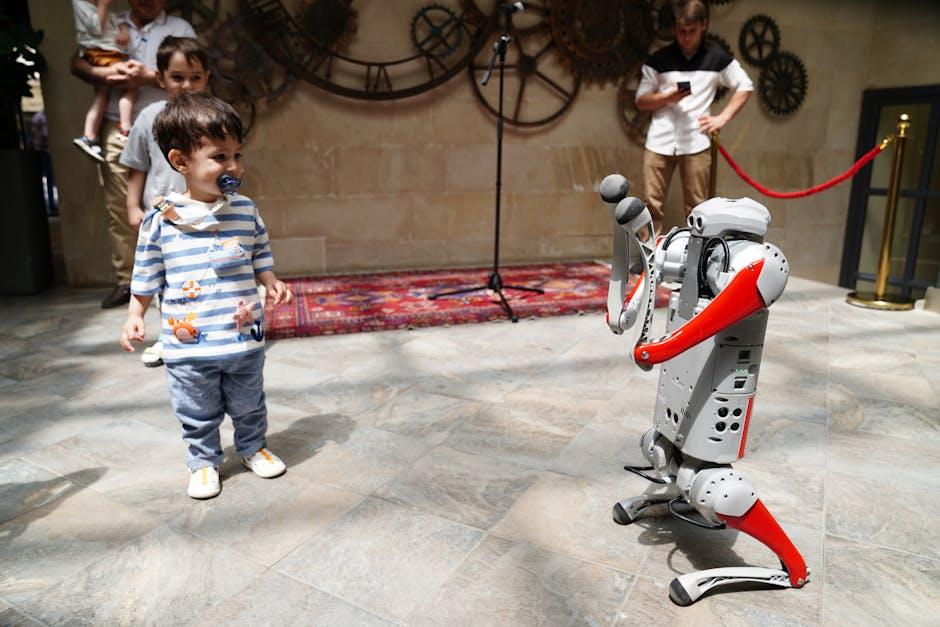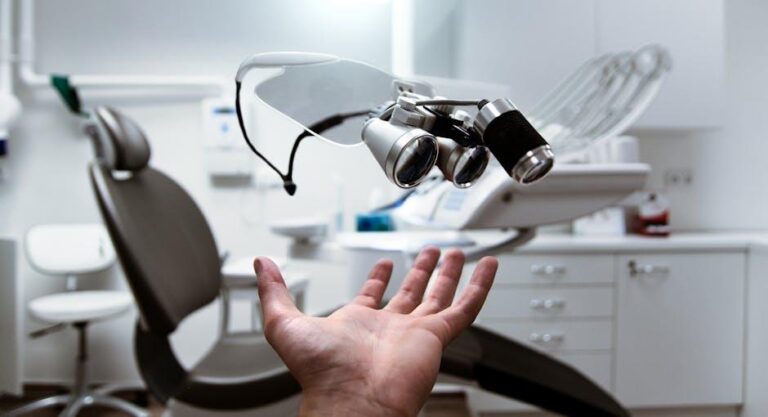
Revolutionising Dentistry With AI & Robotic Technology – BW Healthcare
The dental industry is undergoing a transformative shift, thanks to the rapid advancements in artificial intelligence (AI) and robotic technology. BW Healthcare is at the forefront of this revolution, shaping the future of dentistry by integrating these cutting-edge tools into clinical practice. From diagnostics and treatment planning to surgical precision and patient care, AI and robotics are changing how dentists operate — making procedures more effective, efficient, and patient-friendly.
Introduction to AI and Robotic Technology in Dentistry
Artificial intelligence and robotics in dentistry involve automated systems and machine learning algorithms designed to assist dental professionals in performing complex tasks with higher accuracy and less human error. These technologies complement traditional dental practices by enhancing decision making, streamlining workflows, and improving patient outcomes.
What AI and Robotics Mean for Dentistry
- AI-powered diagnostics: AI can analyze digital images (X-rays, CT scans) to detect cavities, bone loss, and other dental anomalies faster than human eyes.
- Robotic-assisted surgeries: Robots help dentists perform minimally invasive procedures with precision beyond human capacity.
- Workflow automation: AI tools optimize appointment scheduling, patient records management, and treatment planning.
- Enhanced patient experience: Customized care plans based on AI data analysis improve treatment success and patient satisfaction.
Key Benefits of AI and Robotic Technology in Dentistry
Adopting AI and robotics in dental practices offers multiple advantages, benefiting both practitioners and patients.
- Increased diagnostic accuracy: AI algorithms detect early signs of dental diseases often missed by traditional methods.
- Reduced surgical errors: Robotic guidance ensures precise insertion of implants or removal of tissues, lowering complication risks.
- Personalized treatment solutions: AI evaluates patient history and imaging to recommend tailored interventions.
- Shorter treatment times: Robots and AI allow for faster procedures and optimized dental workflows.
- Better patient comfort and safety: Minimally invasive robotic surgeries reduce pain, swelling, and recovery time.
Practical Applications of AI & Robotic Technology at BW Healthcare
BW Healthcare leverages a variety of AI and robotic tools to enhance dental treatments and streamline clinical workflows. Here’s an overview of some standout applications:
| Technology | Application | Impact |
|---|---|---|
| AI-Based Imaging Analysis | Analyzes X-rays and 3D scans to identify caries, root fractures, and periodontal disease | Improved early diagnosis and treatment planning |
| Robotic Implant Surgery Systems | Assists in precise placement of dental implants with computer-guided accuracy | Higher implant success rates and fewer complications |
| AI-Driven Patient Management Software | Automates appointment scheduling, follow-ups, and patient reminders | Streamlined operations and enhanced patient communication |
| Virtual Treatment Simulations | 3D AI simulation of orthodontic and restorative procedures | Visual patient education and improved treatment predictability |
Case Studies: Real-World Impact of AI & Robotics in Dentistry
Case Study 1: AI-Powered Early Detection of Oral Cancer
BW Healthcare deployed an AI platform trained to detect oral cancer indicators from routine intraoral images. In one case, a suspicious lesion was identified early in a patient who displayed no overt symptoms. Thanks to the AI alert, the lesion was biopsied promptly, enabling early intervention that significantly improved the patient’s prognosis.
Case Study 2: Precision Robotic Assisted Implant Placement
A patient with complex bone structure benefited from robotic-assisted surgery that guided implant placement with sub-millimeter accuracy. The robot’s steady movements and real-time feedback minimized surgical trauma, reduced operation time, and led to faster recovery.
Practical Tips for Dental Practices Adopting AI & Robotics
- Start with diagnostics: Implement AI tools that enhance imaging analysis before investing in robotic systems for surgery.
- Train your team: Provide thorough training on AI platforms and robotics to ensure smooth integration into clinical workflows.
- Focus on patient education: Use AI-generated treatment simulations to improve patient understanding and consent.
- Monitor outcomes: Collect data continuously to analyze improvements and identify areas for refinement.
- Partner with innovators: Collaborate with leading companies like BW Healthcare to stay ahead in technology adoption.
The Future of Dentistry With BW Healthcare
BW Healthcare continues to innovate by expanding AI capabilities and exploring advanced robotics designed specifically for dental care. Trends such as AI-driven predictive analytics for oral health, nanorobotics in targeted drug delivery, and fully autonomous dental assistants are becoming tangible realities. The integration of these technologies promises a future in which dental care is more accurate, painless, and accessible.
Conclusion
The revolution of dentistry via artificial intelligence and robotic technology is redefining how dental professionals diagnose, treat and care for patients. BW Healthcare exemplifies this transformation by integrating sophisticated AI-driven diagnostics, robotic precision, and innovative patient management systems to elevate dental care standards globally. Embracing these technologies improves outcomes, enhances patient comfort, and creates a sustainable, efficient practice.
For dental professionals and patients alike, the future is clear: AI and robotic technology are not just trends — they are essential tools shaping tomorrow’s dentistry.


